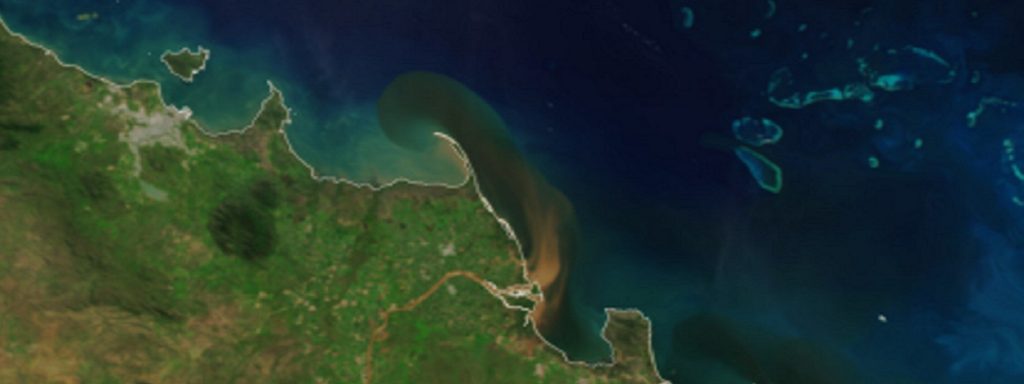DMTC, ANU and partners pursue HASS success

The Melbourne-based DMTC and the Australian National University (ANU) are leading a team to develop new hyperspectral imaging technology as part of DMTC’s High Altitude Sensor Systems (HASS) Program. The project will be led by Professor Rob Sharp from the Advanced Instrumentation Technology Centre (AITC) at The Australian National University (ANU) and hosted at Mount Stromlo Observatory.
The collaborators are DMTC, ANU, CSIRO and industrial partner Skykraft, a small business formed out of the UNSW Canberra Space team that is currently developing a space-based Air Traffic Management (ATM) solution that will utilise a constellation of small satellites.
The technology will provide Defence with critical visibility of littoral environments (the land-sea boundary zone), with direct applications for navigation, hydrographic survey and information gathering from denied or contested access areas.
“This sort of collaborative team with a focus on industrialising research outcomes is what people expect of our projects,” DMTC CEO Mark Hodge said. “We’re seeking to achieve a lot in a relatively short space of time, and stage-gate reviews will confirm the levels of technological readiness that the team achieves.”
“CSIRO will develop sophisticated data processing techniques and researchers at ANU will combine these with the instrument payload design and calibration capability and space systems engineering expertise provided by Skykraft,” said ANU project leader Professor Rob Sharp.
This phase of the project will be completed in 12 months, with follow-on activities planned including work to realise the potential for powerful on-board scene analysis.
Deployed on a UAV or a small satellite (SmallSat) platform, the sensor could be tuned to measure optical water quality or detect objects in submerged environments, and simultaneously to provide topographical information of the land and sea bed in a consolidated 3-D view of the area.
This collaboration seeks to develop a flight-ready prototype for an advanced hyper-spectral imager. Expanding on Australia’s world-leading expertise in instrument design and data analysis, this project provides a clear pathway to transition research outcomes into a commercially viable solution. It will support an Australian-led consortium and create a critical Australian capability with global perspective and reach.
The project partners must achieve small size and low weight without compromising the quality of data capture. Along the way they will need to confront and overcome a number of technological barriers, including miniaturisation for deployment on target flight platforms, and size and weight optimisation of the prototype design. The trade-offs between these competing elements will be addressed through advanced simulation techniques based on new design methods developed at ANU.
